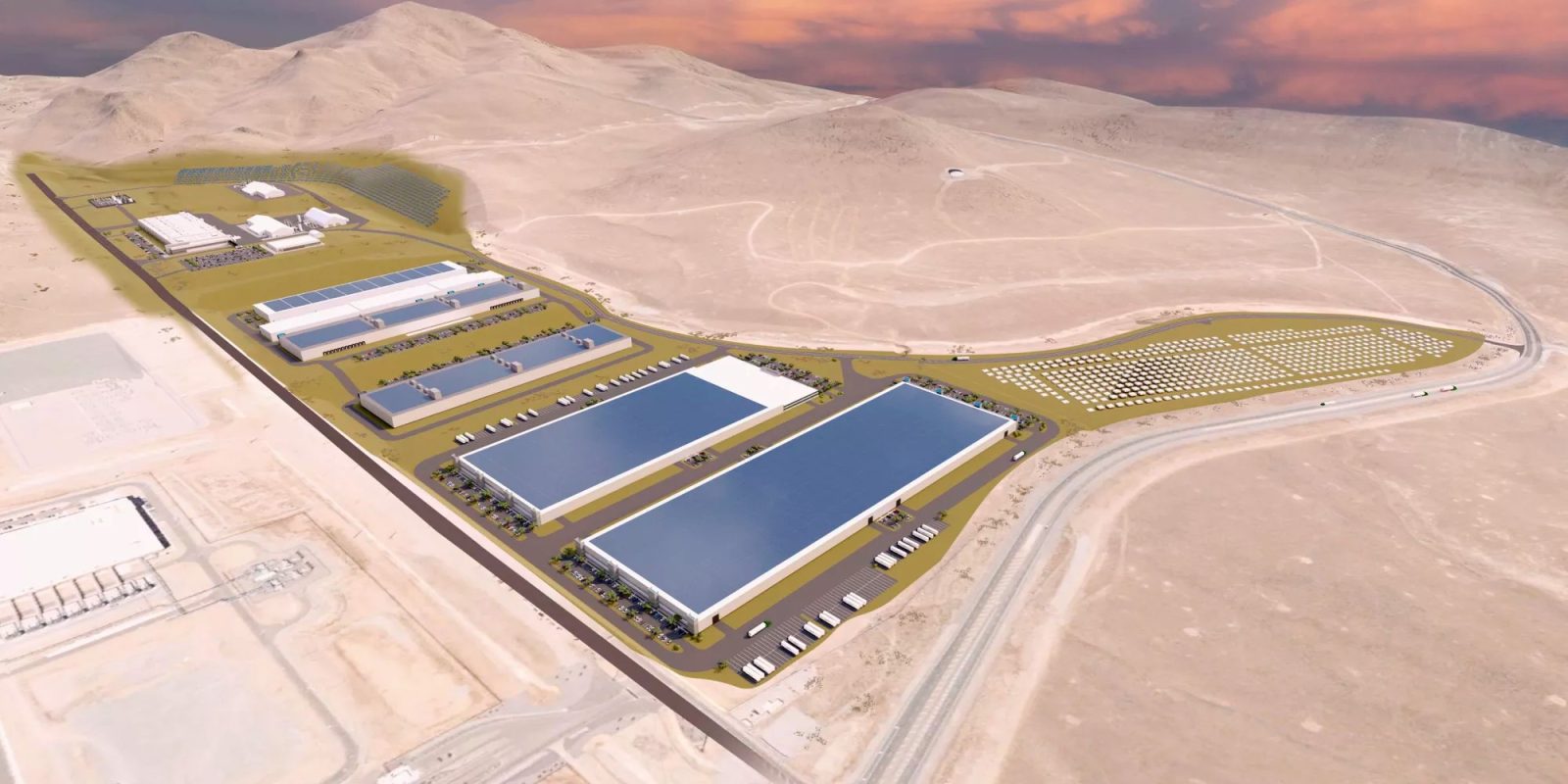
Redwood Materials just got a $2 billion conditional loan from the US Department of Energy to expand its factory near Reno, Nevada, where it will manufacture EV batteries from an increasing amount of recycled content.
In a US first, Redwood will produce 100 GWh annually of ultra-thin battery-grade copper foil and cathode-active materials from both new and recycled feedstocks at gigafactory scale.
Tesla cofounder JB Straubel founded Redwood Materials in 2017. It has partnerships with Ford Motor, Audi, Volkswagen, Volvo, and also with Panasonic, which is at the Tesla Gigafactory nearby.
Straubel said in an interview, according to Reuters, that the initial loan draw, assuming it’s approved, “will help accelerate [production] and compress the time for us to get to full scale” at the Nevada battery factory.
Redwood says it expects to create 3,400 good-paying construction jobs and employ around 1,600 full-time employees.
Redwood’s announcement summarizes what components are needed to manufacture batteries:
The two most essential and valuable components in a battery are the anode and cathode. The cathode contains all the critical metals in a battery – lithium, nickel, and cobalt – and requires a complex manufacturing process and functional specification integral to the performance and safety of an electric vehicle battery. The anode contains copper and graphite and is primarily responsible for a battery’s charging performance. Together, these components amount to nearly 80% of the materials cost of a lithium-ion battery.
But today, these components are manufactured entirely overseas, predominantly in Asia.
So Redwood’s plan is to make anode and cathode components and produce them from an increasing amount of recycled content domestically, at scale. And that would reduce the need to import battery components from overseas.
Redwood recycles from consumer electronics such as cell phone batteries, laptops, power tools, and other electronic waste.
The US Department of Energy asserts:
On average, Redwood can recover greater than 95% of the critical battery elements in an end-of-life battery (including lithium, nickel, cobalt, manganese, and copper), and then use those metals to manufacture anode and cathode components domestically for US battery cell manufacturers.
That’s enough battery materials to produce more than one million EVs annually. It also allows battery and auto makers to meet the Inflation Reduction Act’s mineral and battery component requirements so that consumers qualify for the full $7,500 EV tax credit.
Secretary of Energy Jennifer Granholm said:
It’s going to be a slam dunk for our domestic burgeoning electric vehicle industry.
[Redwood will play an] outsized role in bringing the battery supply chain home – because you are focused on the pieces that we don’t have in the United States.
Redwood is building another factory in Kansas that will source the company’s cathode and anode materials for battery cell production, and it’s also building a factory similar to the Nevada facility near Charleston, South Carolina. The South Carolina factory is around two years behind the Nevada factory, according to Straubel.
The Biden administration is working to create a US EV supply chain, thus reducing dependence on components made in China. It also has a target to make half of all new vehicles sold in 2030 zero-emissions vehicles, including battery electric, plug-in hybrid electric, and fuel cell electric vehicles.
Read more: Redwood and Audi want to turn your old electronic devices into EV batteries
Photo: Redwood Materials
UnderstandSolar is a free service that links you to top-rated solar installers in your region for personalized solar estimates. Tesla now offers price matching, so it’s important to shop for the best quotes. Click here to learn more and get your quotes. — *ad.
FTC: We use income earning auto affiliate links. More.






Comments